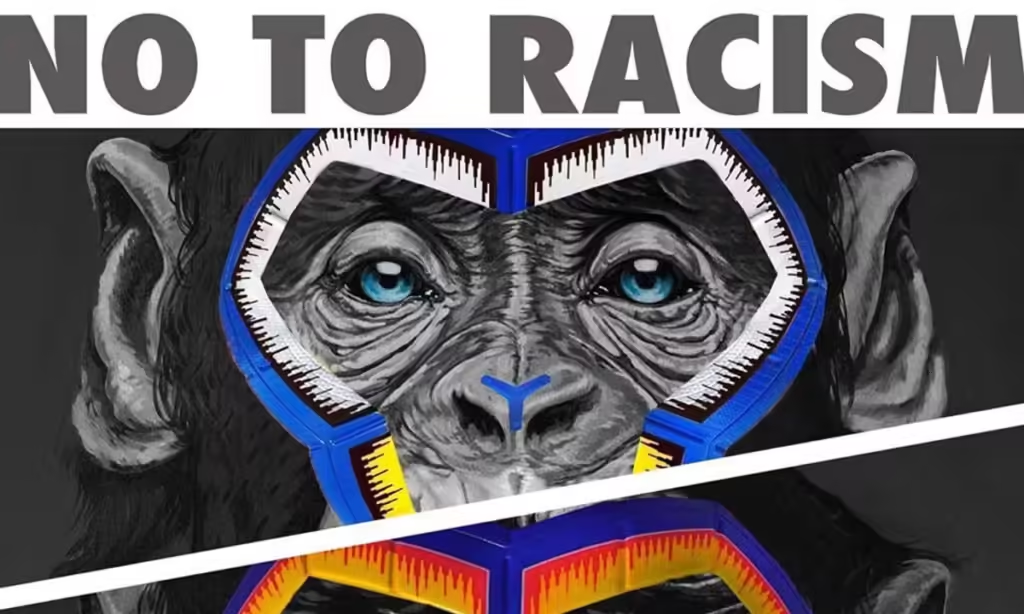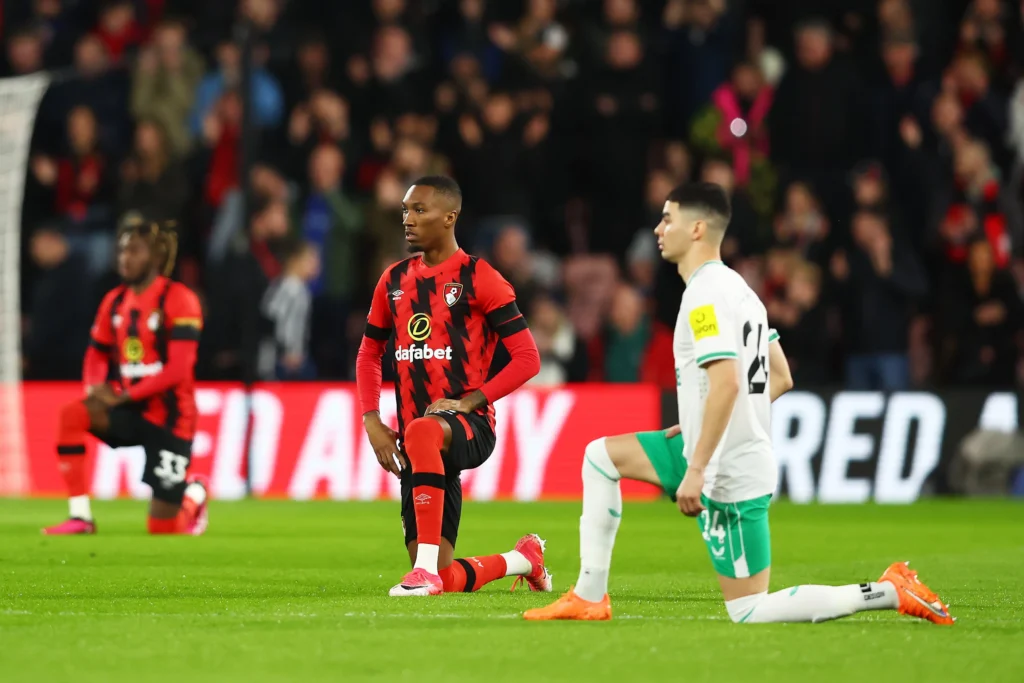Football is a game that unites people from all walks of life, across cultures, nations, and backgrounds. However, the game has had a long history of struggling with a dark side: racism. From discriminatory chants in stadiums to online abuse targeting players, racism in football remains a persistent challenge. However, the sport is taking steps to combat this issue through a combination of grassroots activism, institutional reforms, and public awareness campaigns.
This blog explores the ways in which football is facing racism and challenges that are ahead in creating an inclusive environment.
Understanding Racism in Football sport
Racism in football isn’t something new. Be it on the field or outside it, black players have often faced prejudice for decades. The game has largely reflected the rest of society whether it was black players facing monkey chants in European stadiums or South Asian athletes facing barriers to gain professional status in the sport.
Modern racism has transformed with technology, taking on the vile form of posting hate messages on social media sites. In this scenario, famous players such as Marcus Rashford, Bukayo Saka, and Raheem Sterling speak about the constant abuse they have suffered, making a perpetual plea for structural change.

How Football is Combating Racism
1. Public Awareness Campaigns
Campaigns like Kick It Out and Show Racism the Red Card have been instrumental in educating fans, players, and officials about the importance of combating discrimination.
Kick It Out: This organization, founded in 1993, works to challenge racism, homophobia, and all forms of discrimination in football. Through workshops, events, and reporting systems, it empowers individuals to stand against bigotry.
Show Racism the Red Card: This UK-based charity was formed in 1996, using education resources, including videos with professional players, to change attitudes towards racism among young people.
2. Social Media Responsibility
Racism has been found another outlet through social media. Players are most often abused on social media, especially Twitter and Instagram, most after a match.
This can be addressed by:
The efforts from football clubs and governing bodies, such as UEFA and FIFA, for stricter laws for platforms on social media.
Campaigns such as #Enough ask fans to temporarily boycott social media to make their point.
Firms such as Meta, which owns Instagram and Facebook, have vowed to improve moderation but do not uniformly enforce these standards.
3. Zero-Tolerance Policies in Stadiums
Many leagues and clubs have adopted strict policies to eliminate racism in stadiums.
Ban on Offenders: Fans found to be guilty of racist behavior are banned for life from attending the matches.
Punishments to the Clubs: In case of uncontrolled discriminatory acts, the governing bodies like UEFA impose monetary punishment and even stadium closure.
Announcements and Reporting Systems: Fans are able to report racism immediately through public announcements and anonymous reporting tools.
4. Representation at Leadership Levels
One of the greatest challenges facing football in terms of inclusion is a lack of representation at managerial, coaching, and boardroom levels. The FA’s Inclusion Plan in England aims to address this by increasing diversity among coaching staff, offering more leadership opportunities to those from minority backgrounds, encouraging clubs to make more inclusive hiring decisions, and so on. 5. Player Advocacy Players are using their voice more than ever before to express opposition to racism.
Raheem Sterling has been vocal for systemic change. He has often criticized the narratives of the media that perpetuate stereotypes.
Marcus Rashford did not only tackle racism but also social justice; he led a campaign to end child food poverty.
Wilfried Zaha became the first Premier League player to stop taking the knee, claiming that more significant action was required than symbolic gestures.

6. Symbolic Gestures and Solidarity
Movements such as kneeling, championed by the Black Lives Matter campaign, have evolved to become the common language in the football fraternity about showing support all over the globe.
Criticism has arisen about these moves by some. These are also potent reminders that football is working tirelessly to defeat racism.
Technology Involvement
Technology has also become one of the integral instruments in battling racism:
Artificial Intelligence: Social media uses artificial intelligence in detecting racist material and eliminates them.
Facial Recognition: Some clubs utilize this technology in identifying offenders when racist behavior happens during matches.
Data Analytics: Organizations track patterns of reported cases to create pinpointed interventions
Grassroot Efforts and Community Programs
Racism is not all about high profile campaigns, it is also developing inclusivity in the grassroots levels.
Community Engagement: Clubs involve local organizations that help in bringing diversity through football clinics and other workshops.
Engagement of Youth: The ideas are directed to reducing stereotypes, ensuring participation by the underrepresented.
Risks and Criticisms
Despite these great progresses, many problems had to be solved:
Tokenism vs. Action: Critics say that tokens like taking a knee are not enough without action-policies.
Lack of Ensurance: Administrations are often blamed for lacking consistency in punishing racist behaviors. Fines imposed on clubs and countries are at times as if they slap the wrist with a feather.
Structural Inequalities: Systemic racism in the wider society often ‘leaks into’ football and requires broader cultural change to really make a difference.

What Can Fans Do?
Fans are very important in the creation of an inclusive environment.
Speak Out: Challenge racism where you see it, whether it is in stadiums or online
Support Initiatives: Get involved with organizations like Kick It Out or local anti-racism campaigns.
Educate Yourself: Learn the historical and cultural context of racism in football to be a better ally.
Success Stories and Hope for the Future
The fight against racism is far from over, but there are some hopeful signs of change.
England’s Diverse Squad: The diversity of England’s national team has become a source of pride, reflecting the multicultural makeup of the country.
Increased Reporting: More supporters and players have felt the need to report instances of racism. This is an indicator of greater awareness and intolerance towards racism.
Global Solidarity: The global football community came together during such pivotal moments and made a resounding statement that racism has no place in the sport.
Conclusion
Football can unite the whole world; however, only a collective effort can make football really inclusive. From high-profile campaigns to grassroots initiatives, the fight against racism in football is moving forward even though challenges are not over.
Continuing to hold institutions accountable, amplify the voices of players, and build awareness among fans, football can lead the way in making the world one where discrimination finds no place on or off the pitch.






